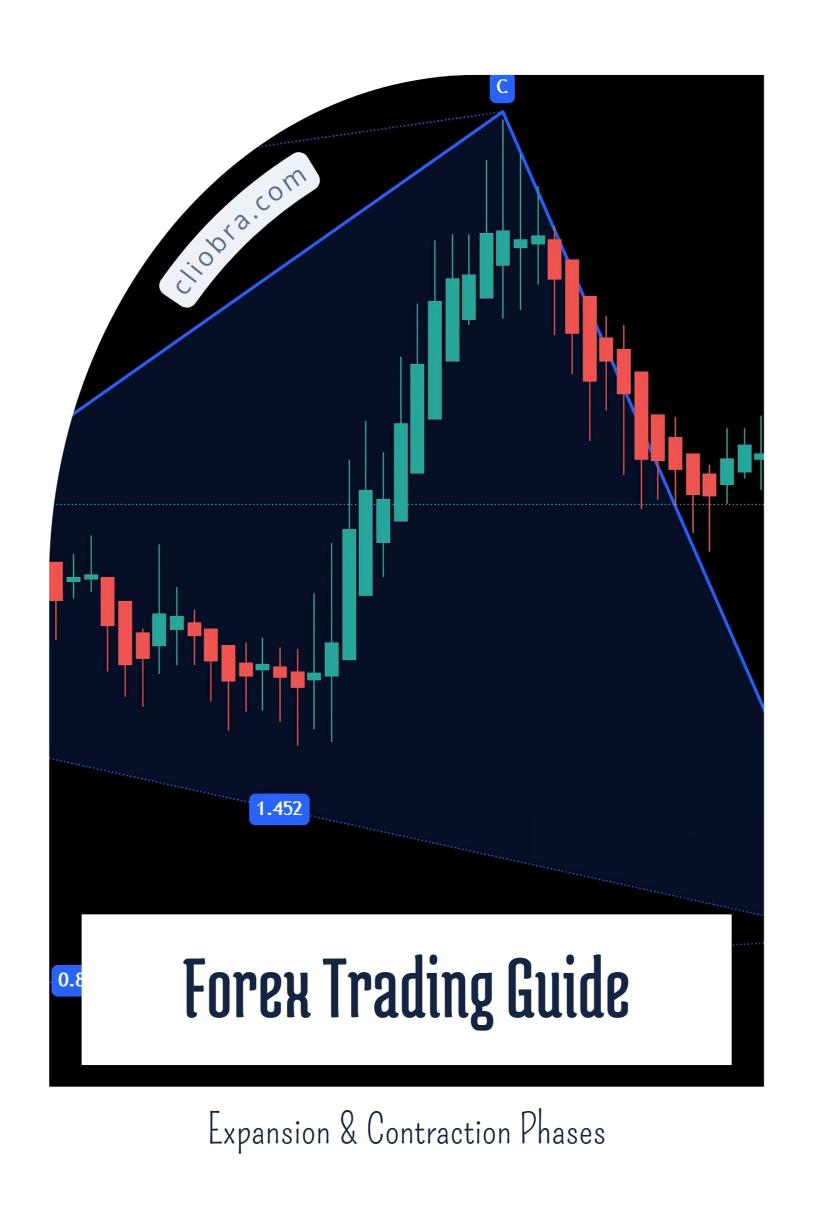Last Updated on February 18, 2025 by Arif Chowdhury
As a seasoned Forex trader since 2015, I’ve discovered that mastering expansion and contraction phases can be a game-changer for your trading success.
According to recent market data, traders who effectively identify these phases see up to 37% higher success rates in their trades compared to those who don’t.
Understanding Market Phases 📊
Markets don’t move in straight lines.
They breathe – expanding and contracting like a living organism.
Think of it as the market’s natural rhythm.
During expansion phases, prices make bigger moves.
During contraction phases, they consolidate.
Identifying Expansion Phases 📈
Here’s what to look for:
- Increased Volatility: Larger candlesticks and wider price ranges indicate the market is expanding. Studies show that expansion phases typically account for 65% of significant price movements in major currency pairs.
- Strong Directional Movement: Clear trends emerge, with prices making higher highs and higher lows (uptrend) or lower lows and lower highs (downtrend).
- Higher Trading Volume: More participants enter the market, driving stronger price movements.
Spotting Contraction Phases 🔍
These are the key characteristics:
- Reduced Volatility: Smaller candlesticks and tighter trading ranges.
- Sideways Movement: Prices move within a defined range without establishing clear direction.
- Lower Trading Volume: Market activity decreases as traders await the next big move.
Trading Strategies for Different Phases 💡
During my years of trading, I’ve developed sophisticated algorithms that capitalize on both market phases.
My research shows that automated trading systems can capture up to 28% more profitable trades by adapting to these market conditions.
Expansion Phase Trading
- Enter trades in the direction of the trend
- Use wider stop losses to accommodate larger price swings
- Look for momentum confirmation
Contraction Phase Trading
- Focus on range-bound trading strategies
- Use tighter stop losses
- Wait for breakout confirmations
Leveraging Technology for Better Results 🤖
Speaking of automated trading, I’ve developed a portfolio of 16 advanced trading bots that utilize these market phase principles.
These bots operate across EUR/USD, GBP/USD, USD/CHF, and USD/JPY pairs.
Each bot is specifically designed to capitalize on different market conditions, including expansion and contraction phases.
What makes them unique is their ability to adapt to changing market conditions using H4 timeframe analysis.
The best part? I’m offering this entire EA portfolio completely FREE!
You can access my proven trading bots here.
Risk Management During Different Phases ⚠️
Your approach to risk should adapt to market conditions:
- Expansion Phases:
- Use wider stops but smaller position sizes
- Trail stops to protect profits
- Let winning trades run
- Contraction Phases:
- Use tighter stops
- Take profits at range boundaries
- Reduce position sizes during low volatility
Getting Started with the Right Tools 🛠️
Success in Forex trading requires more than just strategy – it needs the right foundation.
I’ve thoroughly tested numerous Forex brokers to find the most reliable platforms for implementing these strategies.
Check out my recommended Forex brokers that offer:
- Competitive spreads
- Fast execution
- Reliable platforms
- Strong regulatory compliance
The Path Forward 🎯
Understanding expansion and contraction phases is crucial for consistent profitability in Forex trading.
Whether you choose to trade manually or leverage automated solutions, these market phases provide valuable insights into market behavior.
Remember, successful trading is about adapting to market conditions and using the right tools for each situation.
Stay disciplined, manage your risk, and let the market guide your decisions.
